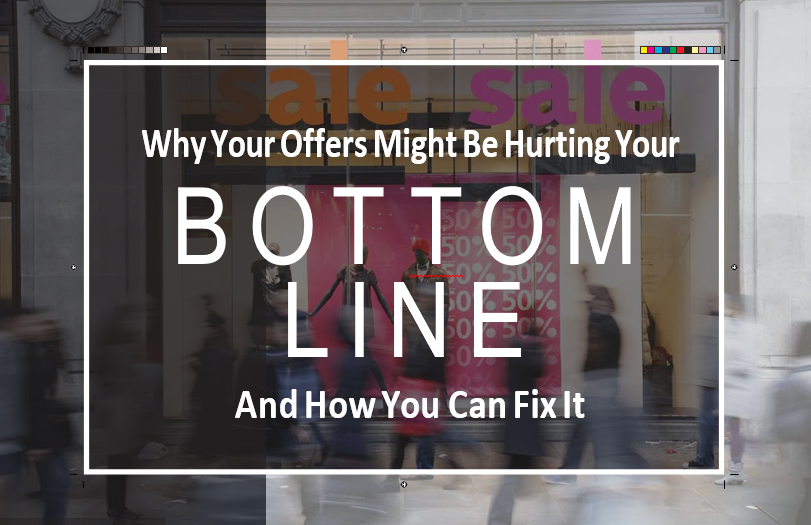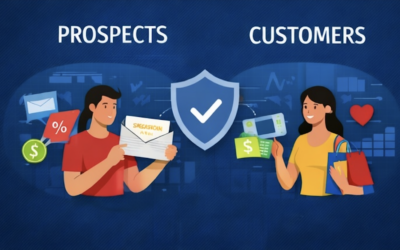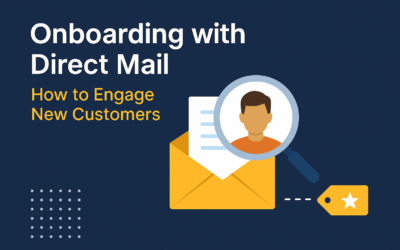Offers are used as a way to get customers to walk in the door or order online. However, most companies view all offers the same way, and send the same ones to most people in their database. What they don’t realize is that some of these offers are actually hurting their bottom line, not helping it.
According to Prithvik Kankappa from Impact Analytics, 30% of the promotions run by retailers are toxic, which means the margin depletion due to discounting is not offset by the sales lift. For example, if you offer a free item to get more people into the store, some people will seek out the free item and not buy anything else. Instead, you could change it to a free item with a $20 purchase of something else so they must commit to spending money.
Another example of a promotion that actually hurt the company’s bottom line was an auto dealer who ran a coupon for a $9.95 oil change. While this was a great deal for customers, it buried their service department beyond their ability to keep up with demand so the company lost money on the promotion. Instead, they could have offered something like $5 off an oil change for $29.95 where it is low enough to entice someone who needs an oil change soon, but not so low that they can’t handle the influx of customers.
So how do you implement offers that help your bottom line and get more customers in the door?
Relevance can make a huge difference in the results of a campaign. Sending one size fits all direct mail pieces and offers doesn’t work as well as sending tailored offers based on segment characteristics or past purchase behavior. And, timing is crucial. If the right offer shows up at the right time, the chance that the person will buy is greatly improved.
The other piece of the offer puzzle are personalized offers. Using your customer data is essential to giving each customer a personalized experience by giving them offers that are relevant to their needs. This is done by analyzing their previous buying history and customers that have similar profiles to them.
While running promotions is a great way to increase sales, you have to be able to analyze which offers give you the highest return. The stacking of different promos, i.e. in-store, online, coupons and affiliate promos, all running simultaneously makes it difficult for retailers to identify which promo is working and which is not, according to Impact Analytics.
Using your data to identify promotions that increase sales and purchasing frequency allows you to send the right offer to the right people at the right time. This approach allows direct mail to be one of the lowest cost tools available, even when compared to digital media.



